Although we can’t deny the fact that chipmunks are cute and adorable, they can become quite a nuisance, especially to gardeners.
Like squirrels, chipmunks are fast-climbers and swift rodents that can quietly and quickly destroy your plants. They are creative, persistent, nimble, and able to make their way into tight places. They also can dig out any new seeds that have been planted in your pots.
But fret not, there are some preventive measures that you can take to stop these mischievous critters from destroying your favorite plants.
Here are the 13 ways to keep chipmunks out of flower pots.
Table of Contents
1. Build protective structures or physical barriers
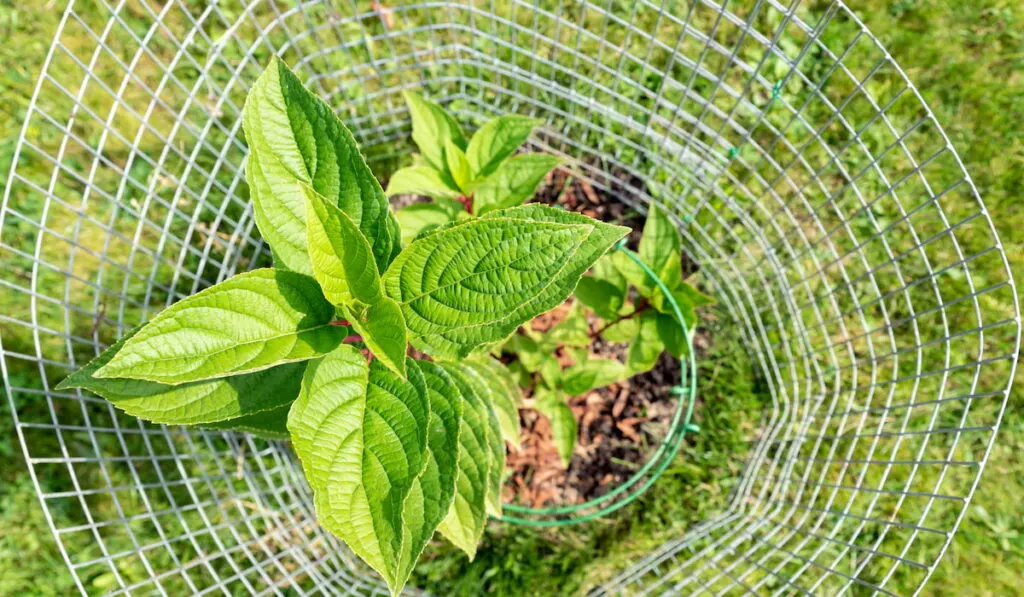
One of the easiest ways to keep chipmunks away from your plants is by using chicken wire. Place the wire around the area when the pots are placed or wrap the wire around each pot to prevent these critters from getting through.
The holes in the wire shouldn’t exceed more than 2 inches in width. You can also place the wire across the top of the flower pots and let your plants grow through the holes. Any fencing will work as long as it is tall and the gaps are small enough.
2. Use chipmunk deterrent items
If building physical barriers doesn’t work, then you can make ‘beds of nails’ to scare these rodents away. The main purpose of this strategy is not to hurt them, but to alert or shock them so that they will be scared and run away.
Cut around 4 to 6 inches of bamboo skewers or twigs and plant them closely around your pots. Make sure these prickly objects are sturdy enough. When chipmunks accidentally step on them, they will run away.
3. Place mothballs in and around the pots
Mothballs can be used as natural chipmunk deterrent. This is because the pungent smell created by these balls is irritating enough to chase these critters away. Place a few mothballs in and around the flower pots.
Never put too much of these pesticide products around your plants because they can be quite toxic to other creatures. Aside from chipmunks, mothballs can also repel moles and other small critters that could destroy your plants.
4. Use an apple cider vinegar spray
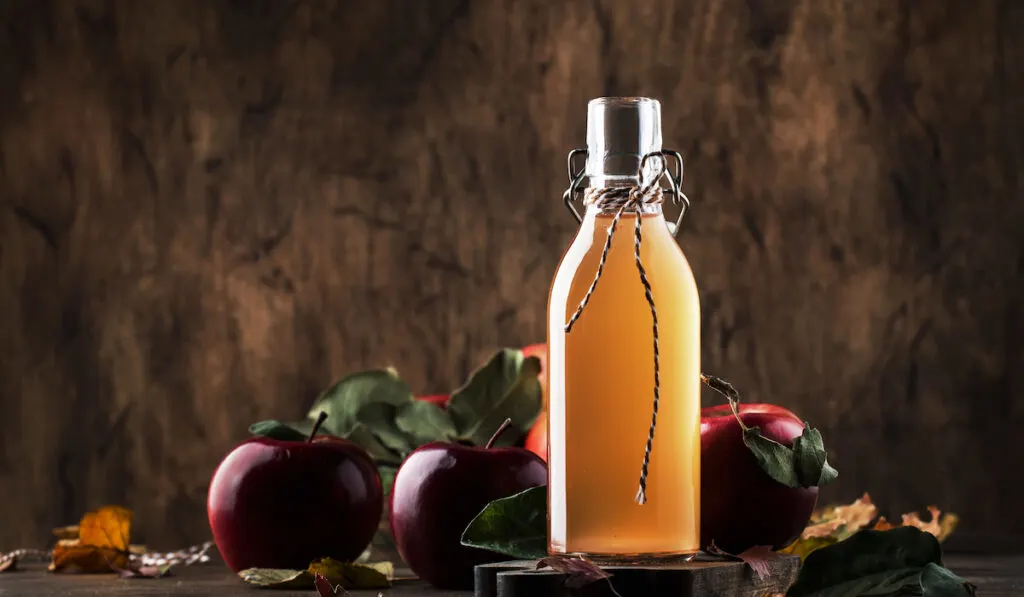
Here is another less aggressive but safe way to repel chipmunks: spray some apple cider vinegar around and on any hard surfaces around the pots.
You can also soak rags with this liquid and place them around your garden or house where you notice chipmunks usually are. Using this method you prevent chipmunks from digging into the soils of your plants.
5. Sprinkle some spices in the flower pots
Aside from apple cider vinegar, you can sprinkle some spices in and around the flower pots. Spices like chili powder, cayenne, red pepper flakes, and other hot spices help prevent these small climbers from messing with your plants.
They are nature-friendly and less toxic compared to other chemical products.
6. Use cat litter and urine
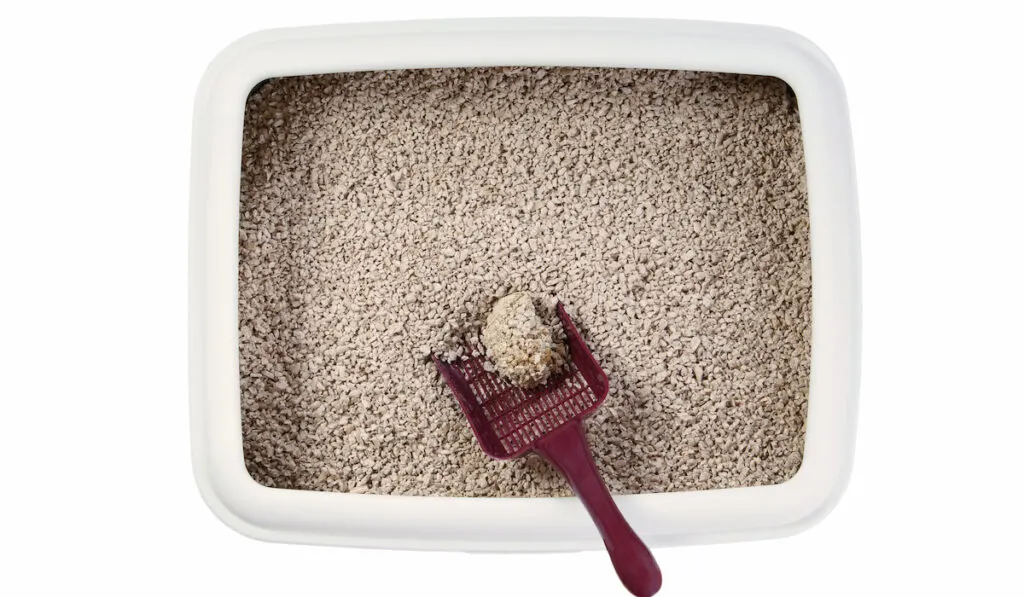
There is nothing more dangerous for chipmunks than predators that could catch and kill them. If you spray products that are made from the urine or litter of cats, they can smell the scent from afar. This is because cat urine produces a noticeable pungent smell that will deter them.
Then, there is no reason why they will come near your flower pots.
7. Use decoy or plastic predators
Misdirection or diversion doesn’t apply only to humans. Chipmunks are cautious and sensitive creatures. They have an excellent sense of smell, touch, vision, and are able to detect their predators from afar.
This is why you should buy and put replicas of cats, coyotes, red foxes, or motion-activated owls and place them around your garden or near your flower pots. These decoy predators can scare them away.
8. Use Irish Spring soap
You can also use some grated Irish Spring soaps and place them around your flower pots. Irish Spring soaps produce a strong chemical or deodorant-like scent that can repel chipmunks.
9. Avoid placing the pots too close to each other
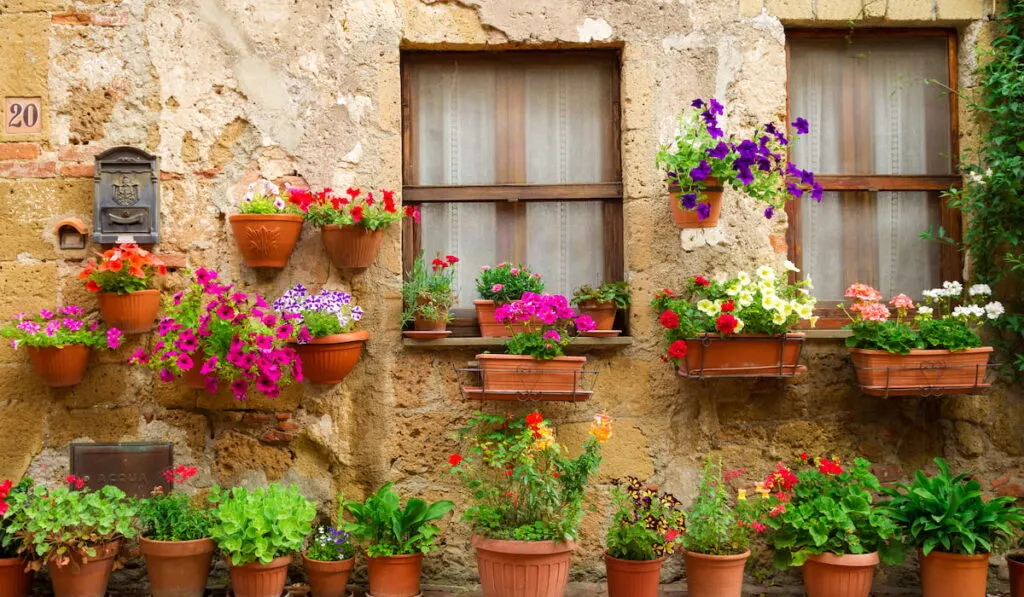
When you place the flower pots, leave a space and don’t place them too close to one another. This is because chipmunks love to hide in small and hidden places where humans can’t see or catch them.
By creating a wide gap or space, there is no place for them to hide.
10. Wrap aluminum foil around the pots
Climbing creatures like chipmunks will move swiftly from one higher place to another. But to do that, their feet need to grasp on the hard surface tightly or they will fall or slip over. This is where aluminum foils come in handy.
Wrap the shelves or your flowering pots with aluminum foil to prevent chipmunks from climbing.
11. Adopt pets like cats or dogs

There is nothing better than using live predators. Look at your pets as the guardian of your house and garden.
Let them wander outside and watch how chipmunks will avoid your garden when they notice their predators are around.
12. Install strobe lights and motion sensor sprinklers
If you have extra money, then you can spend it on equipment like strobe lights and motion sensor sprinklers. Strobe lights will regularly flash on these critters whenever they come near your flower pots. This will shock them and scare them away.
But the real fun begins when it comes to motion sensor sprinklers. This item is sensitive to movement and will quickly sprinkle water around your garden and plants. As soon as the sensor detects the movement of these critters, they will get sprayed with water.
13. Place a live trap
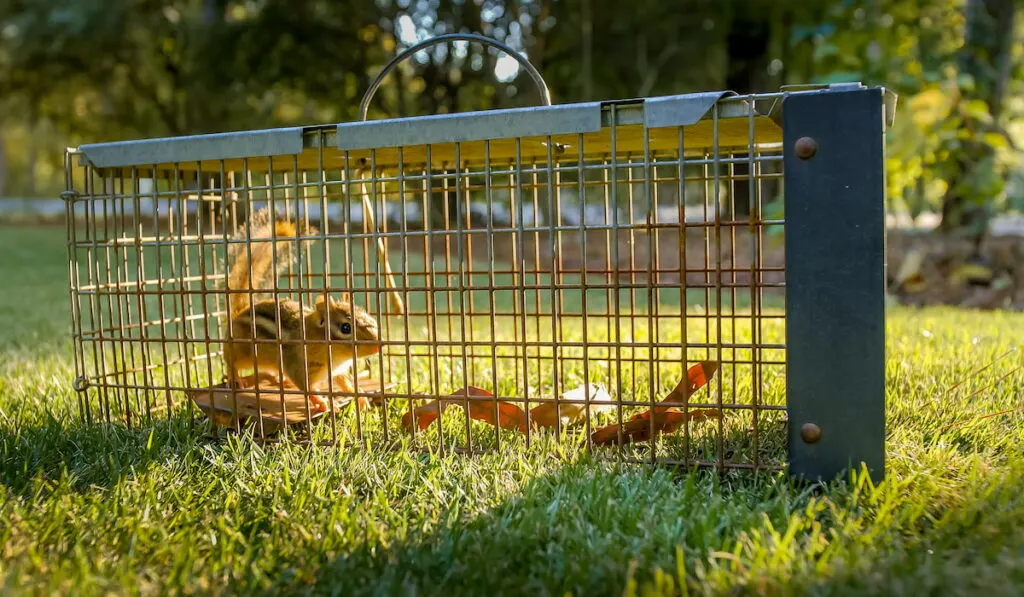
If all else fails, then your last resort would be a live trap. Place a few live traps on each area where you think chipmunks will make their way into your garden.
Use baits to lure them into the traps. Once you have caught these critters, release them back into the woods or any place where you think they won’t get hurt.
Final Thoughts
These tips are not a one-size-fits-all type of strategy. You will have to be creative and mix and match some options.
Try each method and see which one is effective and easy. Then, keep a checklist and create a routine.
Whenever you notice some of these tactics aren’t effective anymore, switch them up and improvise.
Resources
- https://homeguides.sfgate.com/keep-chipmunks-out-potted-plants
- https://neeness.com/how-to-keep-chipmunks-and-squirrels-out-of-flower-pots/#Does_white_vinegar_repel_squirrels
- https://www.hortmag.com/smart-gardening/chipmunks-in-pots
- https://www.hgtv.com/outdoors/gardens/animals-and-wildlife/how-to-keep-chipmunks-out-of-the-garden
- https://www.hunker.com/13424312/how-to-keep-chipmunks-out-of-your-potted-plants
- https://balconygardenweb.com/clever-hacks-to-keep-chipmunks-out-of-garden/
